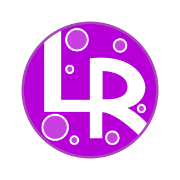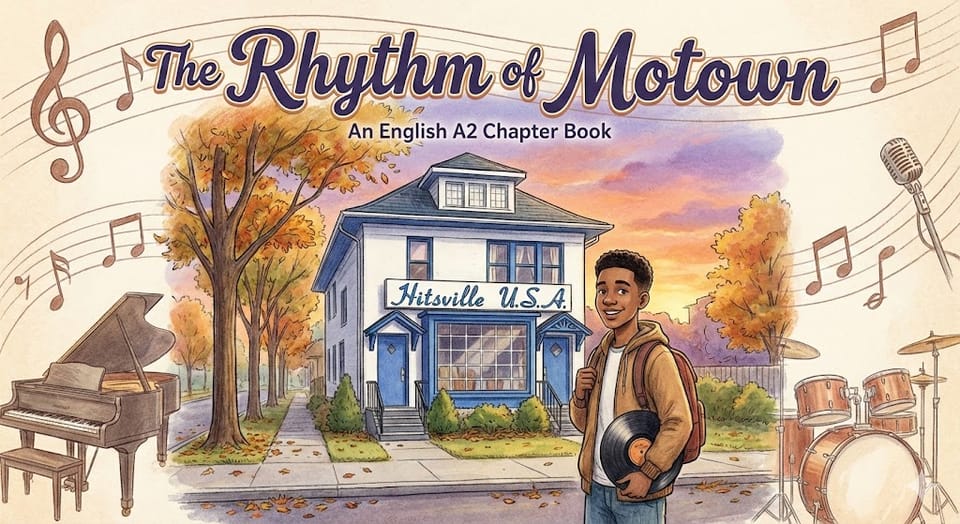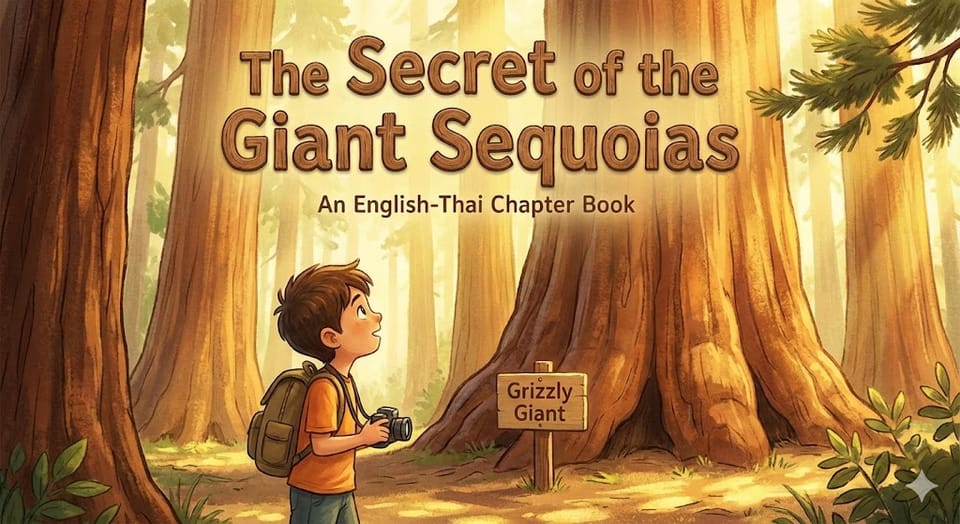Tip: Reading While Listening

Useful Apps
LanguageCrush.com - Free Tools to make language learning easier, and a great place to meet native teachers.
We provide a platform where you can meet and share your language learning experiences with other learners, free tools to help with your studies, and a way to meet with native teachers and manage and your lessons.

Language Reactor
Language Reactor: your language learning toolbox. Discover, understand, and learn from native materials, including Netflix and YouTube. (Formerly called ‘Language Learning with Netflix’.)
Learn a New Language from Content You Love
Thousands of hours of language learning content to choose from in 49 languages, including audio and video, with full transcripts. Import content from your favourite sites and create personalized lessons.








